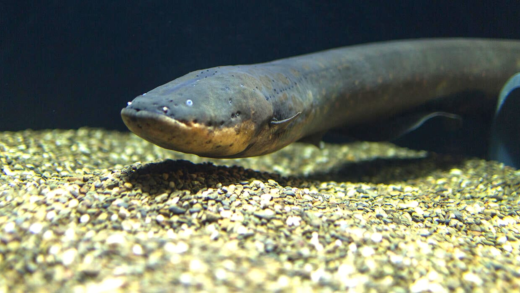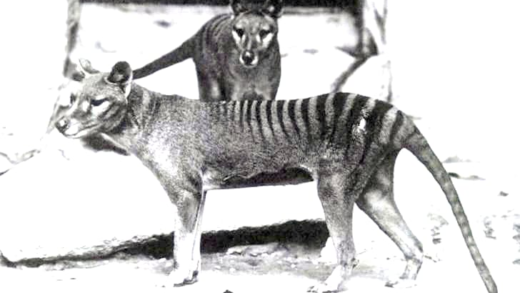Huntsman spiders are large, agile predators known for their impressive speed and unique hunting techniques. They primarily feed on insects and can thrive in various habitats, including forests and urban areas. Unlike many spiders, they do not build webs, relying instead on their agility to catch prey. While generally not dangerous to humans, their bites can cause pain and swelling. Understanding their diet, habitat preferences, and hunting strategies can help alleviate fears and appreciate these fascinating arachnids.
Huntsman Spider Overview: What Are They?
Huntsman spider is a common name for spiders belonging to the family Sparassidae. They are known for their large size and distinctive hunting behavior. Unlike many other spiders, huntsman spiders do not spin webs to trap their prey. Instead, they actively chase and capture their food, making them unique among arachnids. Found in various habitats worldwide, these spiders are particularly common in warm climates. They play a significant role in controlling pest populations, as they feed on insects and other small creatures.
Huntsman Spider Size: How Big Can They Get?
Huntsman spiders are notable for their impressive size, which can vary widely. Typically, they range from 1 to 5 inches in body length, depending on the species. Some huntsman spiders, like the Giant Huntsman (Heteropoda maxima), can reach up to 12 inches when their legs are fully extended. This makes them one of the largest spiders in the world. Their size can be intimidating, but it is essential to understand that their large body contributes to their effectiveness as hunters.
Unique Features: What Makes Huntsman Spiders Stand Out?
Huntsman spiders possess several unique features that distinguish them from other spider species. Firstly, their long legs are designed for speed and agility, allowing them to move quickly in pursuit of prey. Their flattened bodies enable them to hide in tight spaces, making them excellent ambush predators. Additionally, huntsman spiders have excellent vision, thanks to their large, forward-facing eyes. This adaptation helps them spot potential prey from a distance. Their coloration, often brown or gray, provides effective camouflage in their natural environments.
Speed Demons: How Fast Can Huntsman Spiders Move?
Huntsman spiders are renowned for their remarkable speed. They can sprint at speeds of up to 1 meter per second, which is quite impressive for their size. This speed is crucial for their hunting strategy, allowing them to chase down prey efficiently. Their agility enables them to navigate through complex environments, like dense vegetation and rocky terrains, where they often reside. Speed is not just a trait; it is a vital survival skill. A huntsman spider’s quick movements help it evade predators while catching fast-moving prey like crickets and other insects.
Huntsman Spiders vs. Tarantulas: What’s the Difference?
Many people confuse huntsman spiders with tarantulas, but they are quite different. Firstly, huntsman spiders are generally faster and more agile. While tarantulas have a bulkier body and rely on ambush tactics, huntsman spiders actively chase their prey. Here are some key differences:
- Speed: Huntsman spiders are built for speed, while tarantulas are slower.
- Size: Tarantulas tend to be larger and heavier than huntsman spiders.
- Webs: Unlike tarantulas, huntsman spiders do not spin webs.
- Behavior: Huntsman spiders are more active hunters, while tarantulas often wait for prey to come close.
Understanding these differences can help dispel myths about these fascinating arachnids.
Dangerous or Not: Are Huntsman Spiders a Threat to Humans?
When considering the potential threat of huntsman spiders to humans, it’s essential to clarify their behavior and bite. Generally, huntsman spiders are not aggressive towards humans. If threatened, they prefer to flee rather than attack. Their bites, while painful, are not considered dangerous. Symptoms may include localized swelling and redness, but severe reactions are rare. In fact, their bites are often less severe compared to those of other spiders, such as black widows or brown recluses. Understanding these aspects can help alleviate fears about their presence in homes or gardens.
Diet: What Do Huntsman Spiders Eat?
Huntsman spiders are opportunistic predators, primarily feeding on insects. Their diet mainly consists of various types of bugs, including crickets, beetles, and cockroaches. Due to their impressive speed and agility, huntsman spiders can easily chase down and capture their prey. They are known to eat other spiders as well, making them effective hunters in their ecosystems. Interestingly, these spiders do not spin webs to trap their food; instead, they rely on their keen eyesight and quick reflexes to ambush or chase their meals. Huntsman spiders have been observed consuming prey that is much larger than themselves, showcasing their ability to overpower and subdue larger insects. This diverse diet not only helps them thrive but also aids in controlling pest populations in their habitats.
Habitat: Where Can You Find Huntsman Spiders?
Huntsman spiders are adaptable and can be found in a variety of environments. They thrive in warm climates and are commonly spotted in forests, grasslands, and even urban areas. Their preference for warmth means they are often found in places like Australia, Africa, and parts of Asia. Huntsman spiders prefer to hide in crevices, under rocks, or within leaf litter, where they can ambush unsuspecting prey. Their ability to blend into their surroundings allows them to thrive in diverse habitats, from dense jungles to suburban gardens. In homes, they are often seen in garages, basements, and attics, where they hunt for insects. Their presence in these areas can be beneficial, as they help reduce household pest populations.
Hunting Techniques: How Do Huntsman Spiders Catch Their Prey?
Huntsman spiders employ a unique hunting strategy that sets them apart from many other spider species. They are not web builders; instead, they are active hunters that rely on speed and agility. When hunting, they use a combination of stealth and rapid movements to catch their prey off guard. Their long legs enable them to cover ground quickly, allowing them to pursue fast-moving insects with ease. Huntsman spiders often stalk their prey, waiting for the perfect moment to strike. Once close enough, they will leap or sprint towards their target, using their strong chelicerae to capture and immobilize it. This method of hunting is not only efficient but also highlights their role as predators in controlling insect populations.
Overall Habitat: What Is a Huntsman Spider’s Home Like?
The overall habitat of huntsman spiders is quite varied, as they can thrive in many different environmental conditions. They prefer places that offer shelter and a good supply of food. Typically, they are found in areas with plenty of vegetation, as this provides both hiding spots and access to prey. These spiders are also known to inhabit human dwellings, where they can find warmth and an abundance of insects. In nature, huntsman spiders often create a simple retreat by hiding under bark, stones, or within foliage. This allows them to stay concealed from both predators and potential prey. Their adaptability to various habitats is a testament to their survival skills, making them one of the more resilient spider species.





Comments are closed.